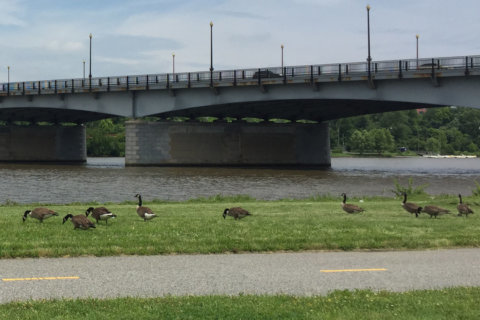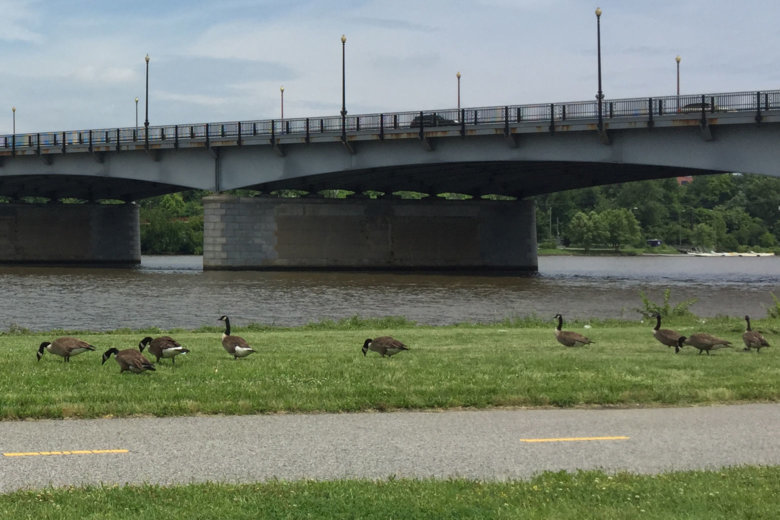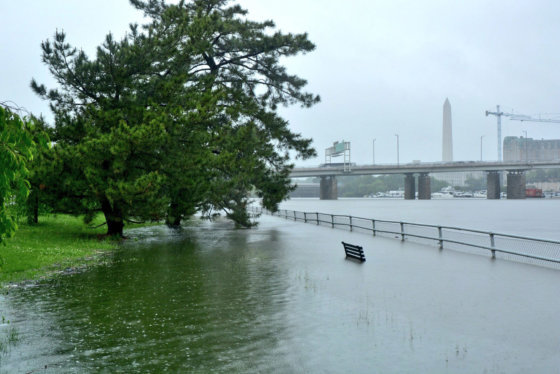
WASHINGTON — Stewards of the Anacostia River are praising the recent performance of a new tunnel designed to prevent wastewater from overflowing into the river during big rain events.
Since opening March 20, the new 7-mile-long, 23-foot-wide tunnel that runs between RFK Stadium and the Blue Plains Wastewater Treatment Plant in Southeast has prevented about a billion gallons of combined-sewer overflow from being dumped into the Anacostia River, said John Cassidy, program manager of the Clean Rivers Project at DC Water.
“The Anacostia tunnel is enormous, both in size and significance,” Anacostia Waterfront Trust Executive Director Doug Siglin said. “Because of it, D.C. residents and visitors can now use the beautiful Anacostia River for safe boating and paddleboarding many more days every summer.”
During last week’s unusual series of rain events, the new tunnel system prevented 600 million gallons of overflow.
“This is crazy, I love it,” said Jim Foster, president of the Anacostia Watershed Society. “Sewage didn’t belong in the river, and now we’re going to start seeing some fabulous, fabulous improvements to water quality here.”
Last week’s rain and associated flooding provided an excellent opportunity to test the new tunnel system, Cassidy said.
“The system performed very well,” Cassidy said. “We captured about 95 percent of the sewage.”
As for what’s next, Cassidy said the Northeast boundary tunnel scheduled to go into service in 2023 will complete the Anacostia River overflow controls. The Potomac River and Rock Creek controls are scheduled to be in place by 2030.
The issue of combined-sewer overflows is gradually being removed as an impediment to healthy Potomac and Anacostia rivers, but Cassidy notes that areas outside D.C. make up 80 percent of the watershed. Pollution from upriver, he said, needs attention.
“In order to make the water a place that’s actually fishable and swimmable, all those other pollution sources need to be addressed as well,” Cassidy said.
River lovers have been waiting for 20 years to celebrate this recent development, Foster said.
“All hail the leadership and the communities for doing this work to restore our river,” he said.
Cassidy also pointed out that it’s utility ratepayers who are paying for the tunnels.
“It’s an investment in the system, an investment in the environment, an investment in making the District a better place,” he said.










